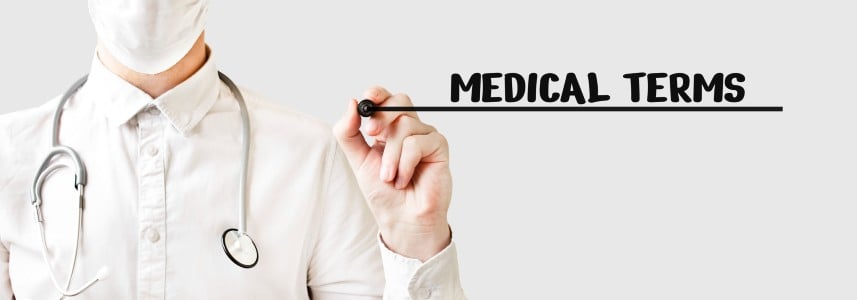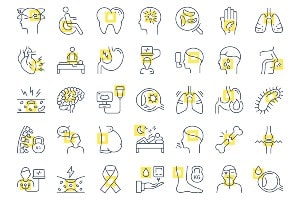About Bleeding Varices

Learn about the disease, illness and/or condition Bleeding Varices including: symptoms, causes, treatments, contraindications and conditions at ClusterMed.info.
Bleeding Varices

| Bleeding Varices |
|---|
Bleeding Varices InformationIntroduction to Bleeding VaricesVarices are dilated blood vessels usually in the esophagus or stomach. They cause no symptoms unless they rupture and bleed. Bleeding from varices is a life-threatening complication of portal hypertension. Portal hypertension is an increase in the pressure within the portal vein (the vein that carries blood from the digestive organs to the liver) due to blockage of blood flow throughout the liver. This increased pressure in the portal vein causes the development of large, swollen veins (varices) within the esophagus and stomach. The varices are fragile and can rupture easily, resulting in a large amount of blood loss. The most common cause of portal hypertension is cirrhosis of the liver. Cirrhosis is scarring which accompanies the healing of liver injury caused by hepatitis, alcohol, or other less common causes of liver damage. In cirrhosis, the scar tissue blocks the flow of blood through the liver and slows its processing functions. Can Bleeding Varices Be Prevented?Treating the underlying cause of bleeding varices can help prevent their recurrence and treating liver disease earlier on may prevent their development. Certain medications including the class of heart drugs called "beta-blockers" may reduce elevated portal pressure and reduce the likelihood of bleeding. Long acting nitroglycerines are also used for this purpose. WebMD Medical Reference How Are Bleeding Varices Treated?Bleeding from varices is a medical emergency and treatment should be immediate. If the bleeding is not controlled quickly, a person may go into shock or die. In severe cases, a person may need to be placed temporarily on a ventilator to prevent the lungs from filling with blood. Aside from the urgent need to stop the bleeding, treatment is also aimed at preventing future bleeding. Procedures that help treat bleeding varices include:
What Are the Symptoms of Bleeding Varices?Symptoms of bleeding varices include:
|
More Diseases
A | B | C | D | E | F | G | H | I | J | K | L | M | N | O | P | Q | R | S | T | U | V | W | X | Y | Z
Diseases & Illnesses Definitions Of The Day
- Broken Phalange (Broken Finger) ‐ Broken finger facts, Broken finger introduction, How can a broken finger be prevented? …
- Treatment for Diabetes (Diabetes Treatment) ‐ Acarbose (Precose), Albiglutide (Tanzeum), Canagliflozin (Invokana) and dapagliflozin (Farxiga) …
- Colitis, Ulcerative (Ulcerative Colitis) ‐ 5-ASA Compounds, Are there any special dietary requirements for persons with ulcerative colitis? …
- Pulseless Disease (Takayasu Disease) ‐ Can Takayasu disease be prevented?, How is Takayasu disease diagnosed? …
- Chronic Pain Management (Pain Management) ‐ How is pain treatment guided?, Introduction to pain management …
- Disease Prevention in Women ‐ Benefits of early detection, Bladder cancer, Breast cancer, Cancer of colon and rectum / polyps of colon and rectum …
- Lumbar Hernia (Hernia Overview) ‐ How do health care professionals diagnose abdominal hernias? …
- Pulmonic Heart Valve Replacement (Heart Valve Disease Treatment) ‐ Are There Non-Surgical Options for Valve Disease?, Introduction to Heart Valve Surgery …
- Loss Of Consciousness (Fainting) ‐
- Work Health (Health and the Workplace) ‐ Coping with work stress in today's uncertain climate, Tip 1: Recognize warning signs of excessive stress at work …